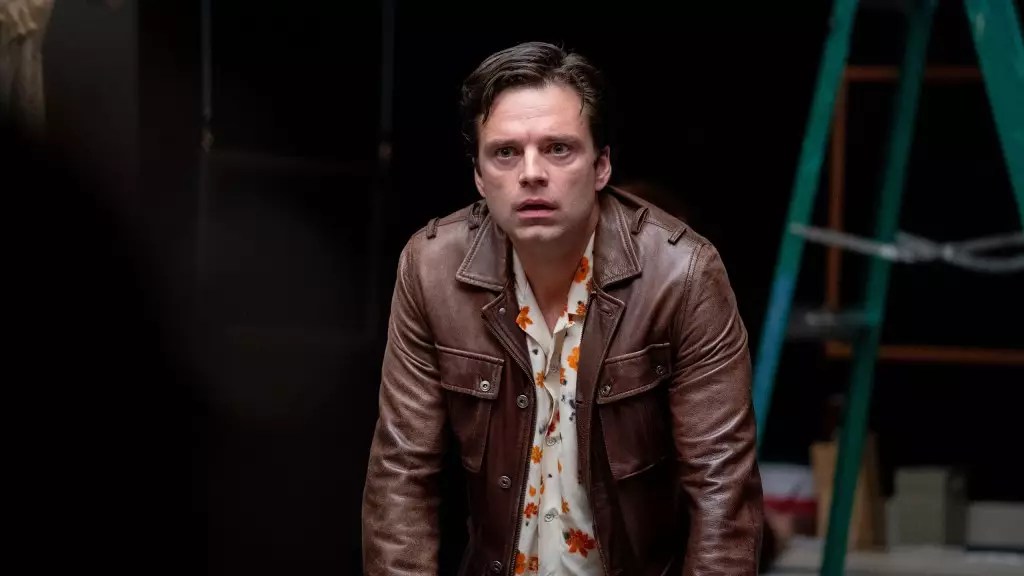“A Different Man” is a thought-provoking film that delves into weighty themes of disability, identity, and transformation. Directed and written by Aaron Schimberg and starring Sebastian Stan, Renate Reinsve, and Adam Pearson, the movie attempts to explore the clashes between outer perceptions and inner truths. While the film makes valiant efforts towards inclusion and aims to express a vital message about appearance and identity, it falls short in terms of tonal consistency and pacing, resulting in an overall inconsistent execution.
The Complexities of Edward’s Journey
The protagonist, Edward (played by Sebastian Stan), is an aspiring actor with facial deformities caused by neurofibromatosis. This condition subjects him to constant ridicule and isolation, leading him to feel self-conscious and lonely. However, Edward’s life takes a hopeful turn when he befriends Ingrid, his empathetic next-door neighbor and a playwright.
A transformative opportunity presents itself to Edward in the form of a risky reconstructive procedure, promising a life free from judgment and staring eyes. Edward’s decision to undergo this procedure sets off a chain of events that ultimately challenge his perception of identity and appearance. The film highlights the idea that a person’s outer transformation may not be enough to erase their past or guarantee acceptance and belonging in society.
The Struggle for Authenticity
As Edward undergoes his physical transformation, he also experiences a metaphorical shedding of one identity to embody another. The film masterfully portrays how Edward must reconceptualize his place in society as he grapples with the collision between his new appearance and his true inner self. The evolution he undergoes prompts difficult questions about the sacrifices required for acceptance.
The arrival of Oswald, another man afflicted with the same condition as Edward, adds further complexity to the narrative. Edward, now bearing a new face and name, is confronted with conflicting emotions of guilt, regret, and envy as he encounters someone who embraces their visible difference with confidence. Oswald’s character challenges the false equation between appearance and identity, proving that essential self-worth should transcend physicality.
Sebastian Stan delivers a remarkable performance as Edward, skillfully portraying the emotional depths of his character’s transformation. He successfully conveys trauma with vulnerability and nuance, allowing the audience to connect with Edward’s journey on a profound level. Adam Pearson, who portrays Oswald, anchors the emotional core of the film with charm, confidence, and effortless acting, showcasing the diversity within visible differences.
Despite the commendable performances, the film falters in its narrative choices. The repeated mention of Toni Morrison’s “The Bluest Eye,” while an intriguing reference, feels out of place within the story. The utilization of this literary work lacks cohesion and fails to contribute meaningfully to the overall narrative, leaving the viewer feeling uncomfortable and disconnected.
Frustrations with Execution and Presentation
“A Different Man” struggles with uneven pacing, resulting in drawn-out scenes that lose momentum and undermine emotional investment. The film’s tonal shifts between psychological drama and suspense further compound the issues, preventing a cohesive narrative flow. The substance and message the film attempts to convey often get overshadowed by indie clichés, artistic pretension, and on-the-nose storytelling that lacks subtlety.
As a result of these shortcomings, sitting through the feature-length film becomes more of a punishment than a rewarding experience. While “A Different Man” deserves credit for its inclusive message and ambitious themes, the overall execution falls short of expectations. The inconsistent tonal choices and pacing issues hinder the film’s ability to fully captivate and engage the audience.
In the end, the question arises: Is the risk worth the reward? Unfortunately, from a critical standpoint, the answer is no. “A Different Man,” while commendable in its exploration of appearance and identity, falls prey to its execution flaws. However, it is important to acknowledge that the film may still resonate with specific audiences who relate to the narrative’s themes and messages of inclusion. Ultimately, it is up to individual viewers to determine whether the film’s offerings align with their personal interests and perspectives.


Leave a Reply